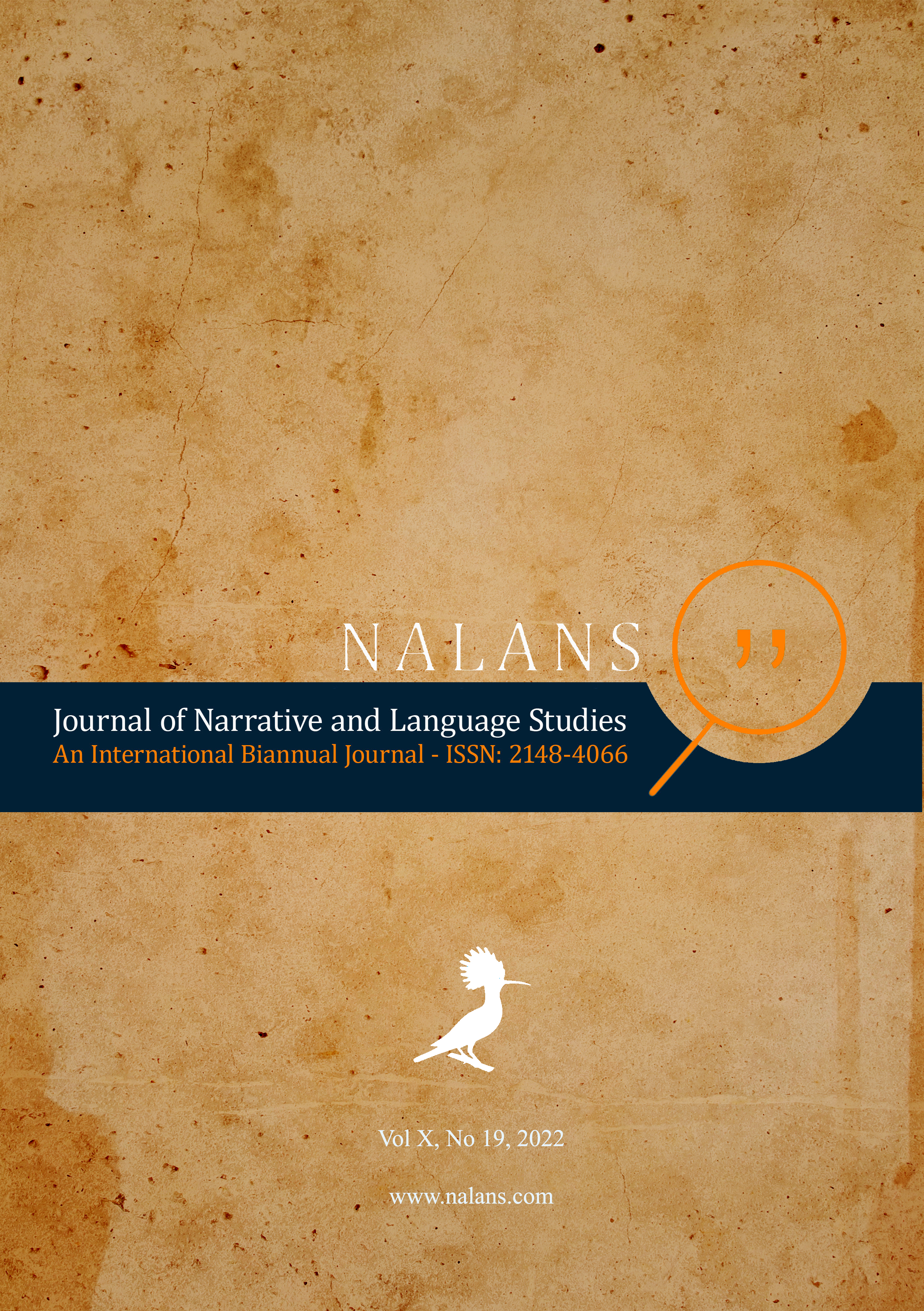The Ideological Dynamics of the Forest in Ywain and Gawain
Keywords:
medieval romance, Arthurian romance, Ywain and Gawain, space, ideological space, forestAbstract
This paper analyses the forest of Ywain and Gawain (c.1300) as an ideological space constructed with chivalric ethos by exploring Ywain’s journey of being an exemplary knight due to his adventures and challenges in the forest. Playing a crucial role in Ywain vis-à-vis Ywain’s accomplishments and failures, the forest works for the benefit of Ywain, who is expected to be an ideal knight as the embodiment of chivalric cause. Therefore, the forest not only enhances and boosts Ywain’s knightly skills and virtues but also employs non-knights such as the women, the hermit, and the lion to be put at Ywain’s service. In this regard, this paper argues that the forest in Ywain is designed as a chivalric space in which Ywain is provided with many opportunities and obstacles to (re)establish his chivalric reputation and to prove himself as a praiseworthy knight.
References
Auerbach, Erich. (1991). Mimesis: The representation of reality in western literature. W. R. Trask (Trans.). Princeton University Press.
Barron, W. R. J. (1987). English medieval romance. Longman.
Braswell, M. F. (1995). Ywain and Gawain: Introduction. In M. F. Braswell (Ed.), Sir Perceval of Galles and Ywain and Gawain. TEAMS. Middle English Texts Series. Medieval Institute Publications. https://d.lib.rochester.edu/teams/text/braswell-ywain-and-gawain-introduction
Crane, S. (1997). Knights in disguise: Identity and incognito in fourteenth-century chivalry. In F. R. Akehurst and S. C. Van D’Elden (Eds.), The Stranger in Medieval Society (pp. 63-79). Medieval Cultures Vol. 12. University of Minneapolis Press.
Doob, P. B. R. (1974). Nebuchadnezar’s children: Conventions of madness in middle English literature. Yale University Press.
Faris, D. E. (1981). The art of adventure in the middle English romance: Ywain and Gawain, Eger and Grime. Studia Neophilologica, 53(1), 91-100. https://www.tandfonline.com/doi/abs/10.1080/00393278108587800
Finlayson, J. (1969). Ywain and Gawain and the meaning of adventure. Anglia, 87, 312-337.
Kaeuper, R. W. Chivalry and violence in medieval Europe. Oxford University Press, 1999.
Keen, M. (1984). Chivalry. Yale University Press.
Leitch, M. G. (Spring 2017). The servants of chivalry?: Dwarves and porters in Malory and the middle English Gawain romances. Arthuriana, 27(1), 3-27.
Mills, M. (2001). “Ywain and Gawain.” “Chivalric romance.” In W. R. Barron (Ed.), The Arthur of the English: The Arthurian legend in medieval English life and literature (pp. 117-127). University of Wales Press.
Power, E. (1989). Medieval women. M. M. Postan (Ed.). Cambridge University Press.
“prowess.” (2021). Oxford English dictionary. www.oed.com/view/Entry/153543?redirectedFrom=prowess#eid
Rouse, R. A. (2014). What lies between? Thinking through medieval narrative spatiality. In R. T. Tally Jr (Ed.), Literary cartographies: Spatiality, representations and narrative. Palgrave Macmillan.
Saunders, C. (1993). The forest of medieval romance: Avernus, Broceliande, Arden. D. S. Brewer.
Westphal, B. (2011). Geocriticism: Real and fictional spaces. R. T. Tally Jr (Trans.). Palgrave.
Whetter, K. S. (2009). Love and death in Arthurian romance. In K. Cherewatuk and K. S. Whetter (Eds.), The Arthurian way of death: The English tradition (pp. 96-114). D. S. Brewer.
Ywain and Gawain. (1995). In M. F. Braswell (Ed.), Sir Perceval of Galles and Ywain and Gawain. TEAMS. Middle English Texts Series. Medieval Institute Publications. https://d.lib.rochester.edu/teams/text/braswell-ywain-and-gawain
Downloads
Published
Versions
- 2022-06-30 (2)
- 2022-06-30 (1)
Issue
Section
License
Copyright (c) 2022 Journal of Narrative and Language Studies

This work is licensed under a Creative Commons Attribution-NonCommercial-NoDerivatives 4.0 International License.




